Dogs That Look Like a Wolf: 15 Listed Look-Alikes
Wolves are highly majestic and mysterious creatures known for their canny looks and impressive skills in thriving in the wild. They are the ancestors of all modern dogs regardless of how canines vary in looks, sizes, colors, and temperaments.
If you’re not after cutesy dogs and have been long into non-domestic pets, your fascination with the wild wolf is understandable. Unfortunately, this species is far from tameable.
The good news, however, is that although humans have developed dogs to look more on the side of being friendly and approachable, some have retained the look of the ever-imposing wolf.
With that, here are 15 wolf-like breeds that would surely spark your interest.
Table of Contents
1. Alaskan Malamute
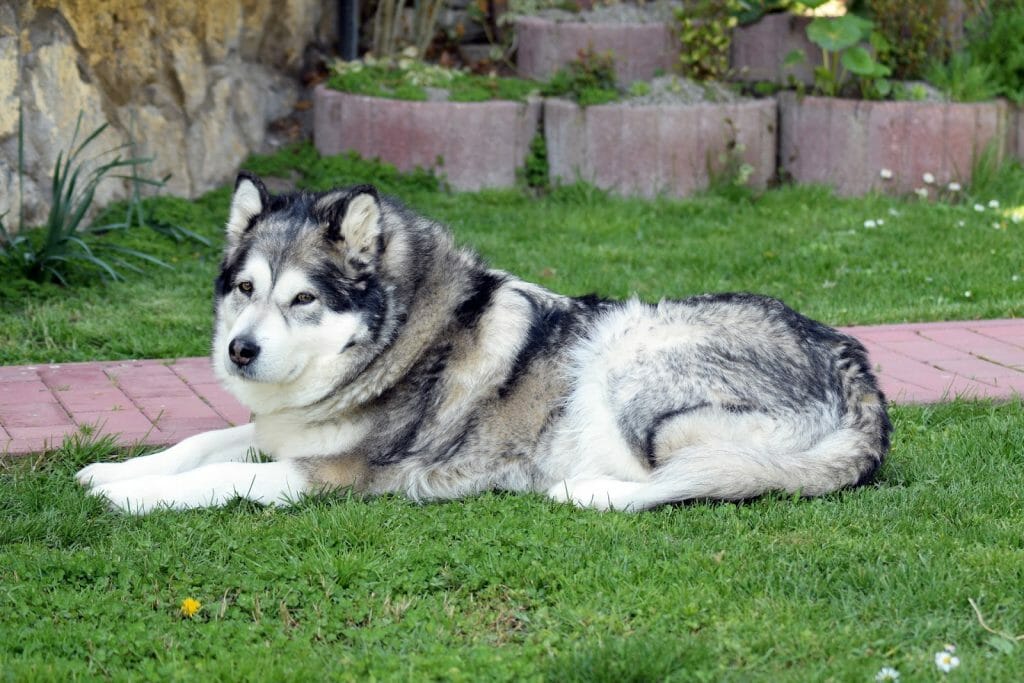

The Alaskan Malamute is an arctic breed that is heavily related to the Siberian Husky. He is much bigger than the other, but for someone who has less knowledge about the two breeds, identifying which is which can be hard work.
Often, the Malamute is mistaken as a wolf too, more so if he’s seen roaming alone in the forest. It’s to be expected, especially that its size comes close to an arctic wolf. Often, TVs and movies use Malamutes to portray a wolf character and they splendidly ace their roles.
Malamutes were kept by the “Mahlemut” tribe in Alaska and they strongly held to maintain the dogs’ “less wild” characteristics. This effort proves to be fruitful now that recent studies show that the dog breed possesses an incredibly similar genetic makeup as his wolf ancestor.
2. Siberian Husky
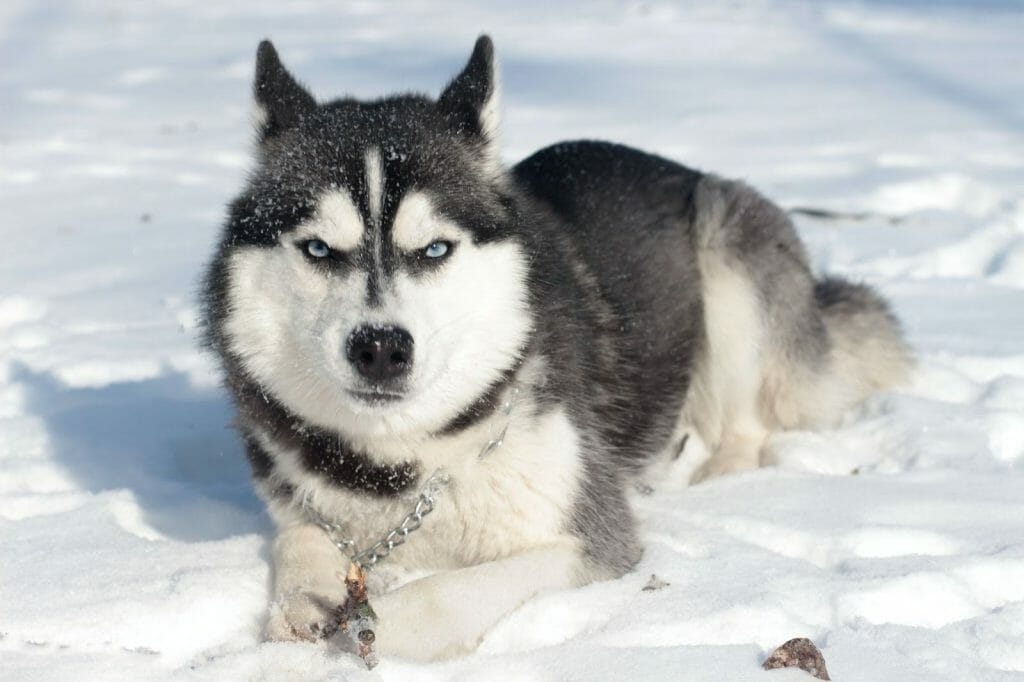

The Siberian Husky is a northern dog breed that comes from Siberia, Russia. Mainly, humans used it as a sled dog so they are our version of a reindeer. Countless years of pulling sleds have made Huskies popular for their incredible speed in covering long distances despite mounds of snows that fill the way.
Aside from their spectacular usefulness, Siberian Huskies are also garnering worldwide attention as one of the commonly wolf-looking dogs. They are high on energy levels and deemed athletic enough for vigorous activities.
Like their wolf progenitors, Huskies love to howl and on some occasions, bark. They can never be left alone for a long period as they are extremely social, so a pack would be essential.
3. Saarloos Wolfdog
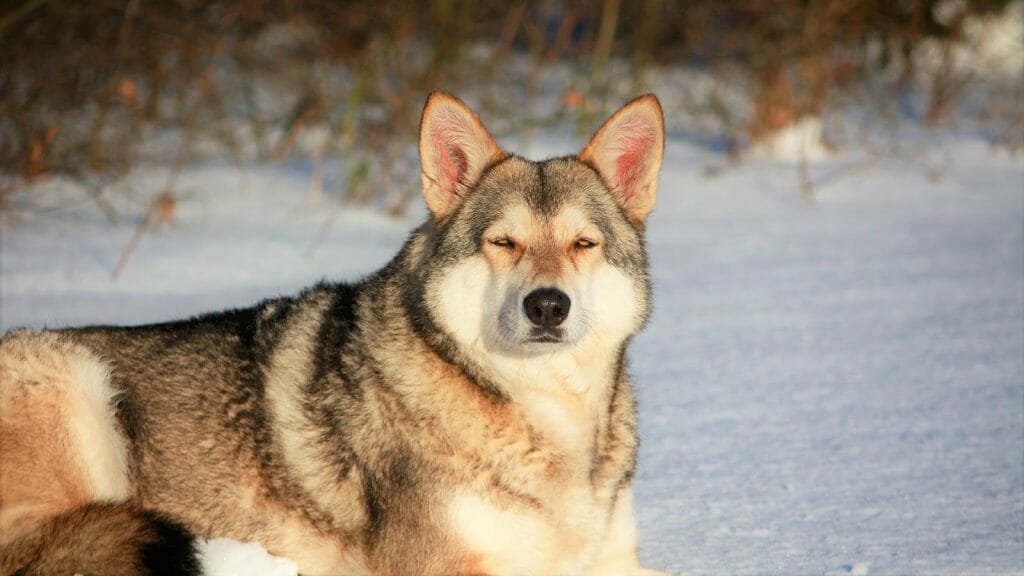

With its lean and robust physique, no doubt, the Saarloos Wolfdog deserves to be considered on the list. What makes him deserve his spot are his wolf-like features like the head and basically his overall appearance.
Its thirst for drills and other activities that are demanding tell that he’s got a reservoir for endurance. His love for running and roaming makes a place with a wide fenced property the most suitable environment for him.
Although he’s not a lapdog, his affection for his family makes up for it. Just like wolves, he would typically avoid unfamiliar territories and strangers.
4. Northern Inuit Dog
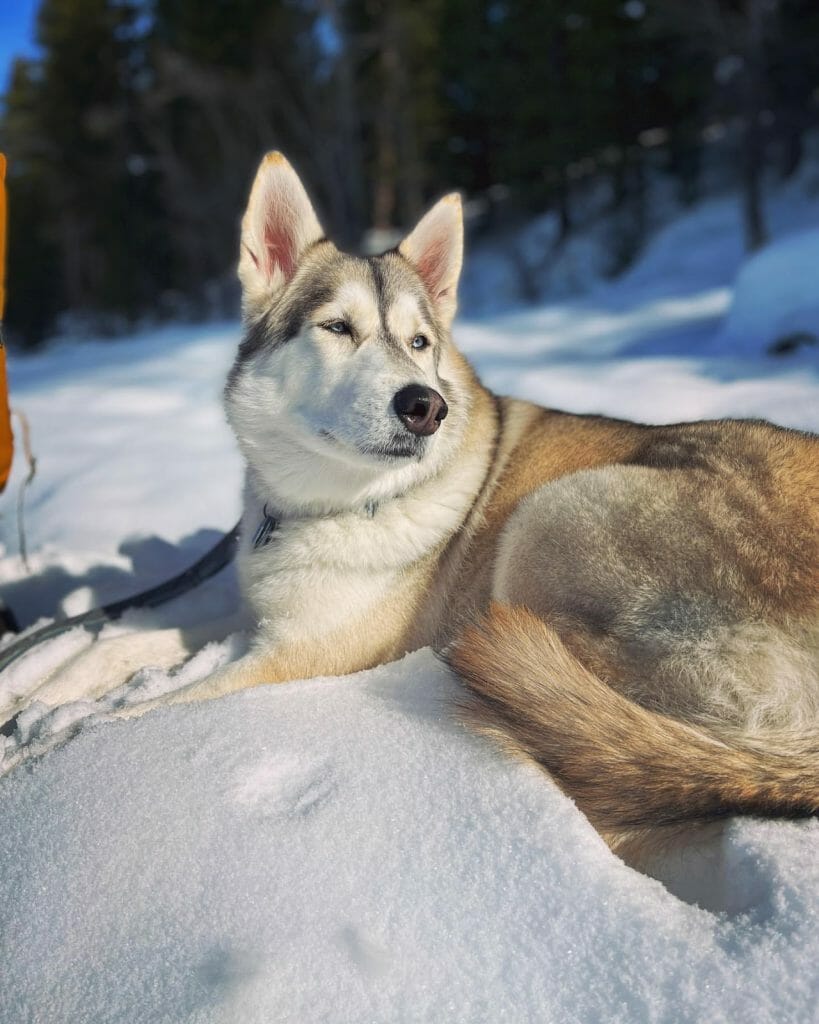

The Northern Inuit Dog or sometimes called the Utonagan would be easily spotted by those who love watching the Game of Thrones. Mainly, the breed is a top choice when it comes to selecting a dog that resembles a wolf thanks to its friendliness around other people.
The Utonagan is a relatively new breed that was developed in the 1980s by crossing the German Shepherd, Alaskan Malamute, and Siberian Husky. It’s no surprise where this dog got his looks from knowing what composes his genetic pool.
If you have kids at home, it’s no concern having this dog around. They’re energetic like the wolf, fun, and safe to be with.
5. Tamaskan
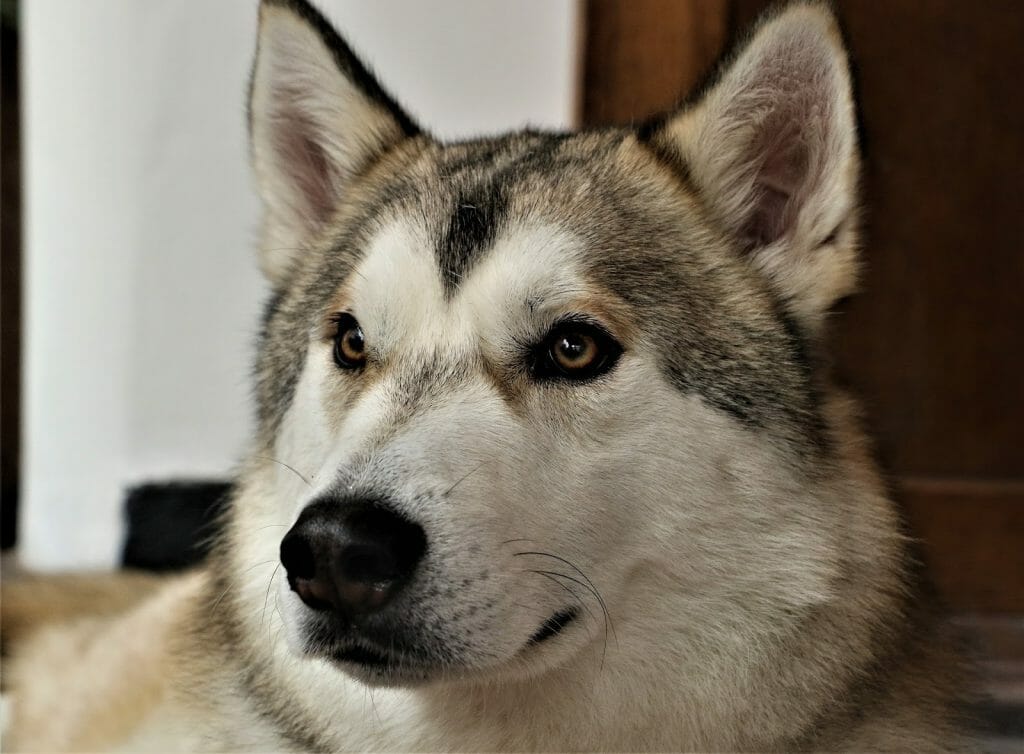

The Tamaskan Dog is a mix of the Malamute, the Husky, and many other unknown breeds. Its name roughly translates to “mighty wolf” in several Northern American Indian languages.
He bears the resemblance of the wolf due to how similar their features are, but there seem to be no records suggesting that he has wolf blood in his lineage.
With so many breeds used for his creation, the Tamaskan can show different but stable personalities. Should he follow more after the Husky’s temperament, the right owner needs to be active. When it comes to training though, the Tamaskan generally shows a laid-back and more trainable attitude.
6. Seppala Siberian Sleddog
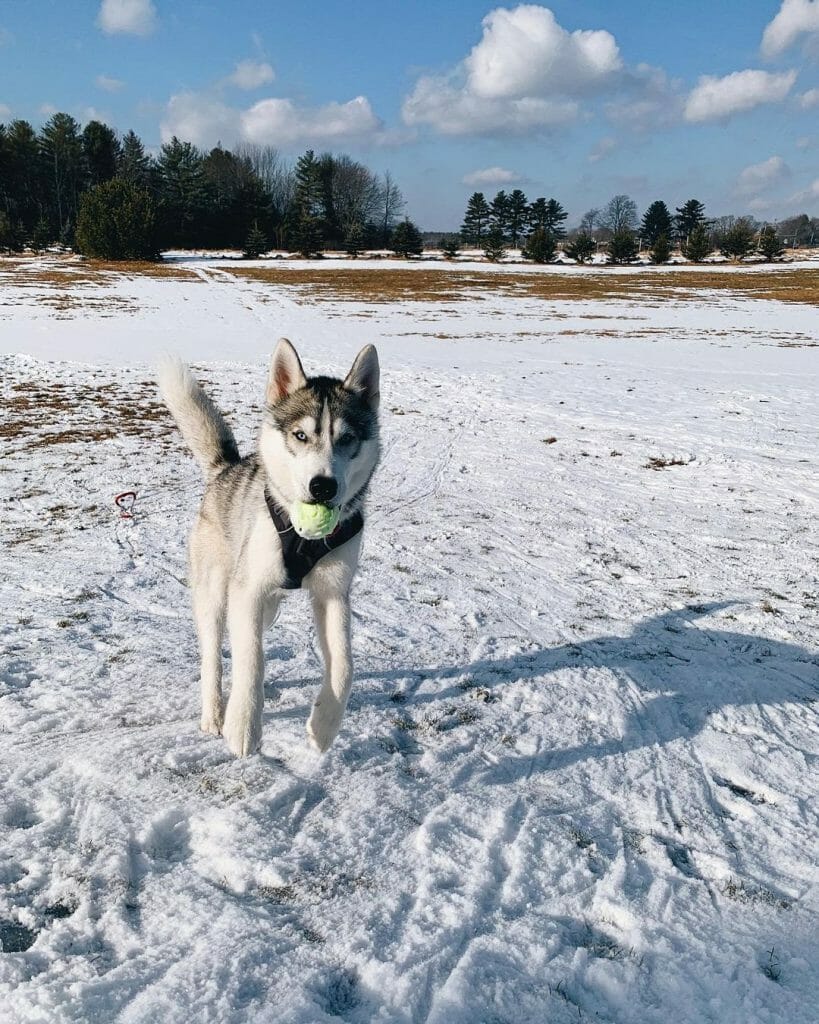

Before further developments and breeding were made, the Seppala Siberian Sleddog used to be called the Siberian Husky, but eventually, he became a breed of his own.
These days, people would refer to him now as a working Husky and the Siberian Husky, a show dog. The face of the wolf is closely imprinted not just on his face but on his body as well. The Seppala has longer legs, a leaner athletic body, plushy coat, ears set close together, and mysterious dark to light-colored eyes.
In personality, the Seppala is milder than the Husky as he’s typically hardworking and calm at home, but in other areas, they aren’t too different. The breed still requires an active lifestyle considering its large energy reservoir.
7. German Shepherd
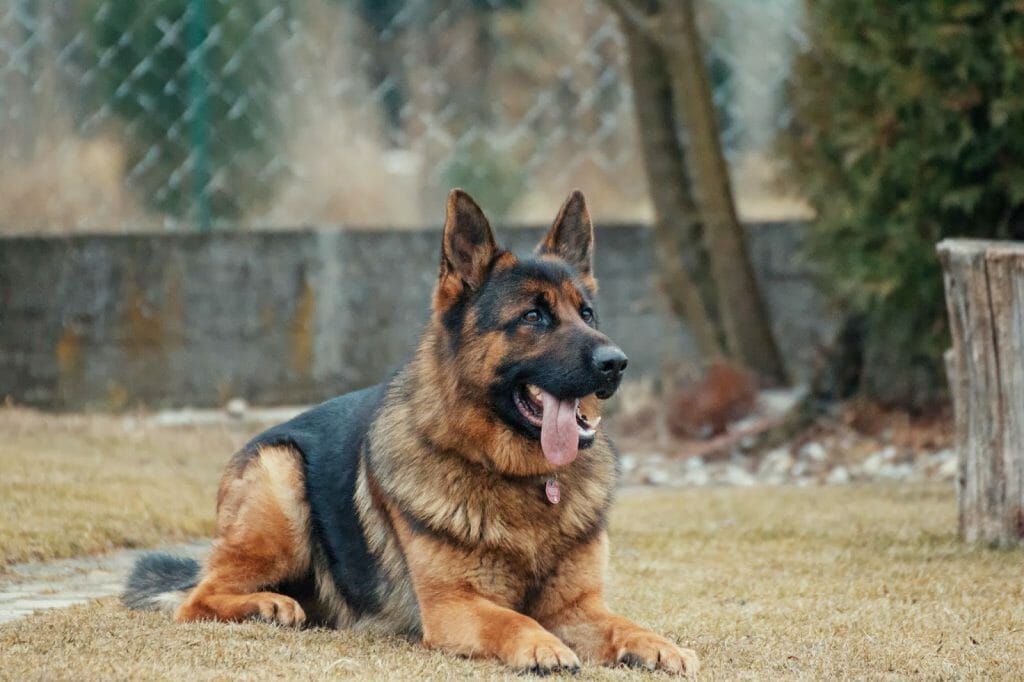

German Shepherds with longer coats are wolf-like. The rarer coat colors like all-black or pure white would put him closer to the looks of the wild animal and add this up with his body structure.
The several features that make the third most popular dog in America close to the standard appearance of the wolf are his erect and alert ears, his pointed snout, and intimidating stare.
Their tails are somehow different as wolves have their tails bushy while German Shepherds generally have feathery ones. Although intelligence in dogs can’t be accurately measured, both of them are undeniably smart in their own right.
8. Shiba Inu
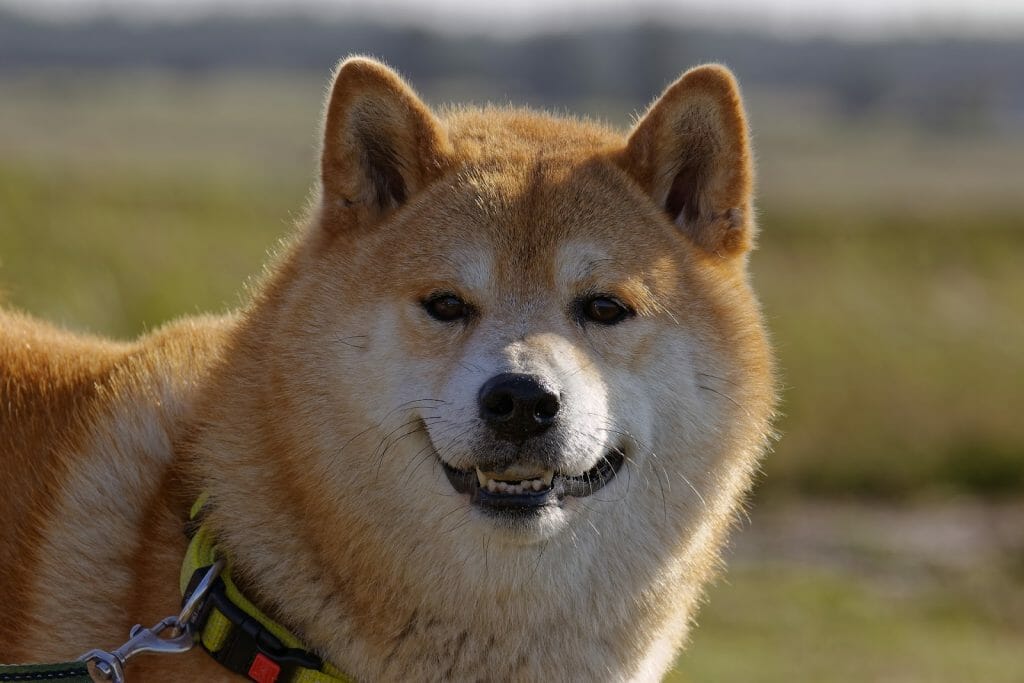

If you are looking to own a dog that has a high genetic linkage to wolves, then go after the Shiba Inu breed. Although he exhibits more of a fox-like appearance, he remains to be hailed as one of the wolf-dog breeds.
The Japanese dog’s ancestors were widely used for hunting as they can withstand the harsh climate in the Japanese mountains. Nowadays, the Shiba Inu breed proves to be an excellent family companion.
His fame does not settle in his homeland as he is currently ranking 44th in the American Kennel Club’s (AKC) breed popularity ranking.
9. Swedish Vallhund
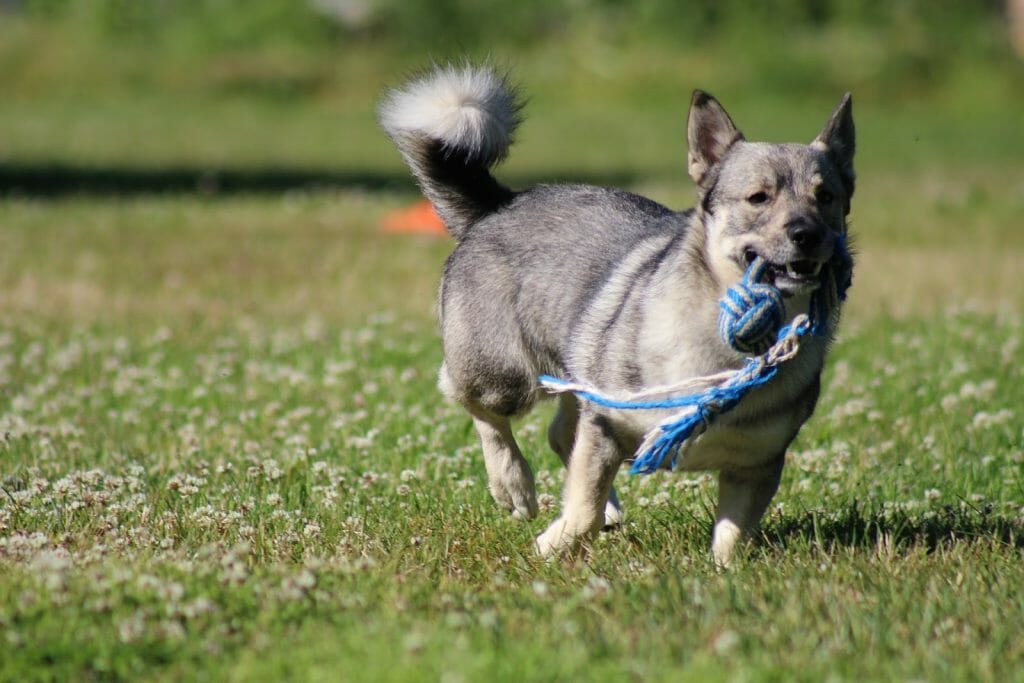

The Swedish Vallhund breed is like a wolf Corgi. This is a herding dog much to the name “Vallhund” despite his short legs and long body.
As a truly hard-working dog, this Swedish breed knows several techniques like ankle nipping to herd the cows and other livestock. This is what the dog does for over 1,000 years as documents would suggest.
So, look no further if you’re into a mini-wolf dog. The Swedish Vallhund has the body of a cuddly Corgi and the spitting image of the wild.
10. Samoyed
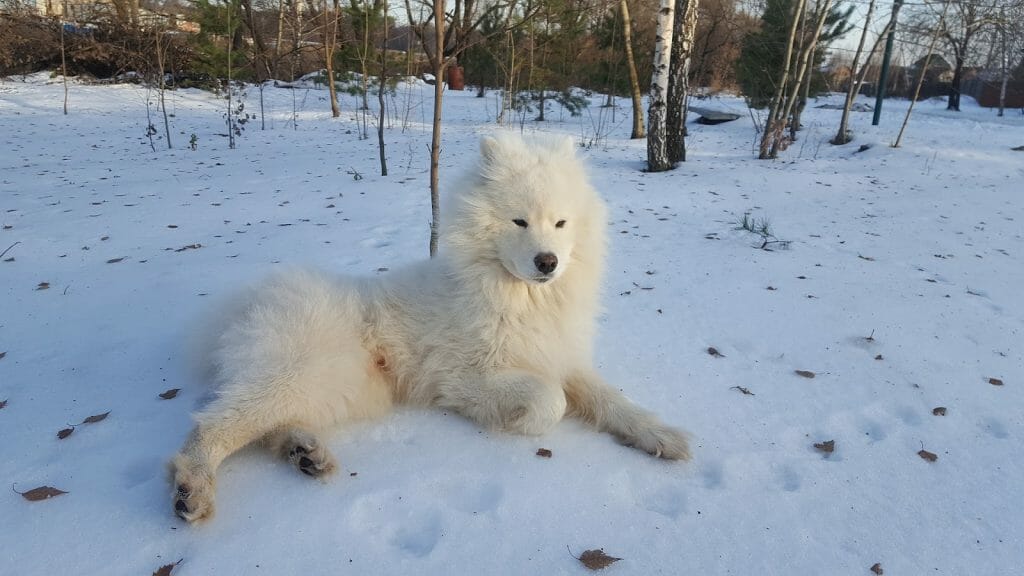

It was Queen Alexandra’s fondness of the Samoyed that led the breed’s fame to surge all over the world. Before, the dogs were only pulling sleds in Siberia for the Samoyedic group.
Although this canine is fluffier in terms of the coat, he still very much has the look of a white wolf. The Samoyed, however, is more gentle and angelic in the eyes.
He’s a perfect cuddle body as his thick fur can give off warmth during the cold seasons, but his shedding can cause a problem for those who have dark-colored furniture.
11. Czechoslovakian Wolfdog
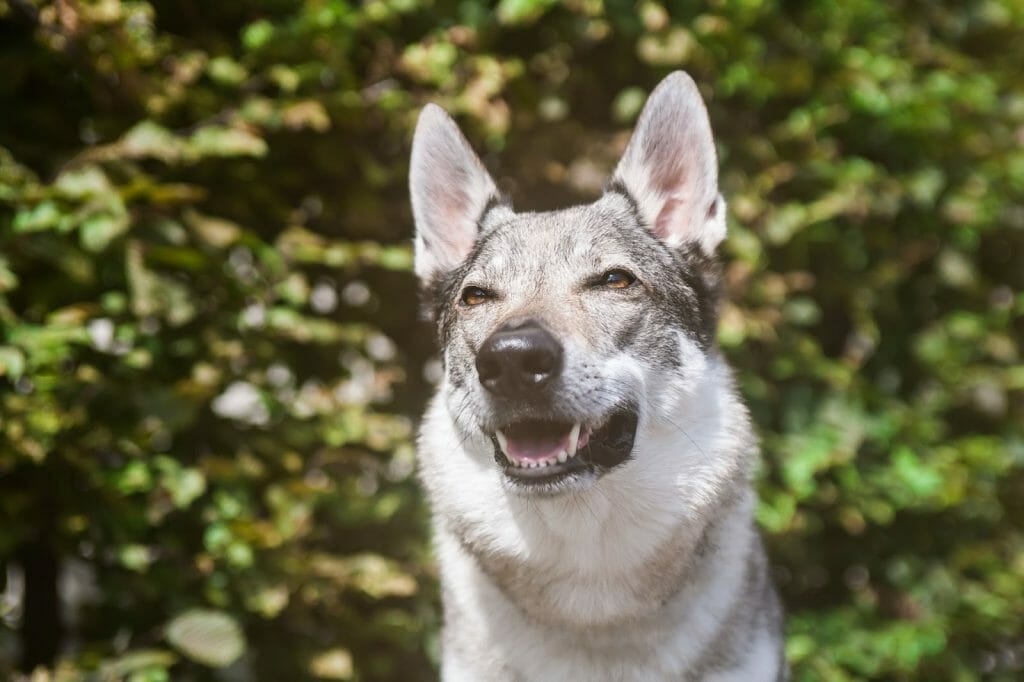

The Czechoslovakian wolfdog was a result of breeding caused by the Czech army. They were in pursuit of breeding a particular dog that is vicious, merciless, and barbaric, so out came the Czechoslovakian wolfdog.
To be precise, this breed came about by crossbreeding the German Shepherd and the Carpathian wolf. Currently, he remains unrecognized by the AKC, but this doesn’t stop people from acquiring a dog with true wolf blood.
If this one interests you, a lot of effort needs to be done for proper upbringing. He has an endless thirst to play that’s why a lot of them are used to working in the fields or participating in sports.
12. Norwegian Elkhound
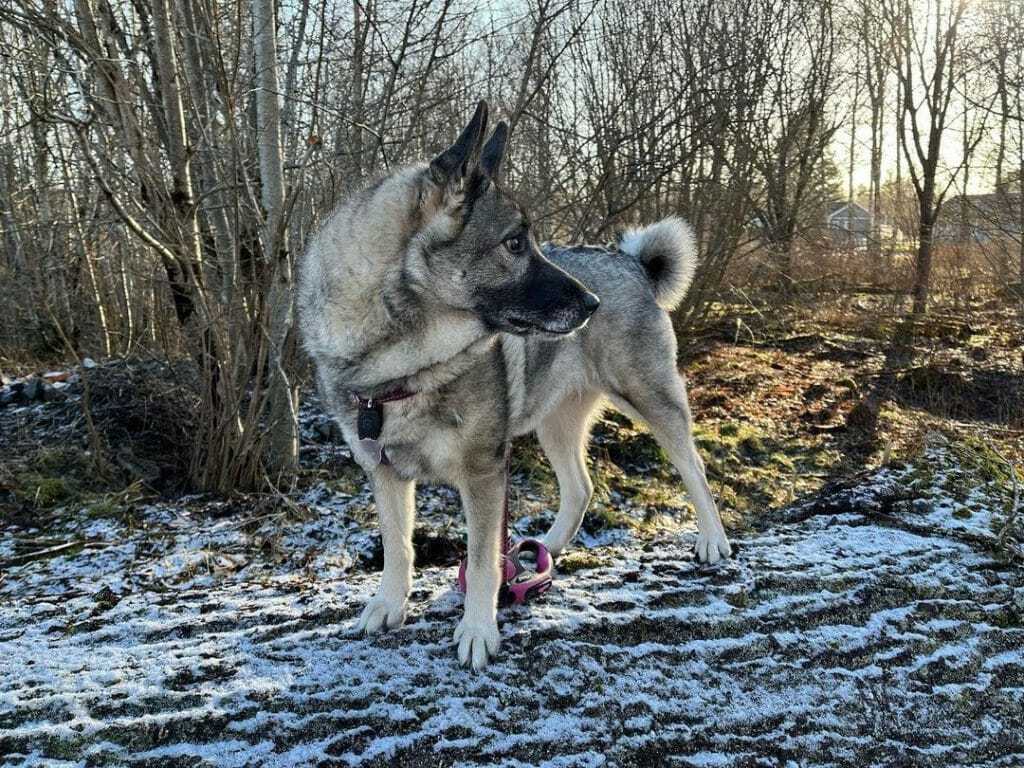

Despite the name, the Norwegian Elkhound is not an elk hunter but rather goes after the moose. He’s a working dog that excels as a family pet too. Just like the rest, he can be mistaken as a wolf thanks to his upright, pointed ears, long snout, coat, and build.
In any chance that you encounter this dog, there’s no reason to panic. One indicator that tells he’s not a legitimate wolf is his curled-up tail. Wolves only carry them down or straight out.
13. Canadian Eskimo Dog
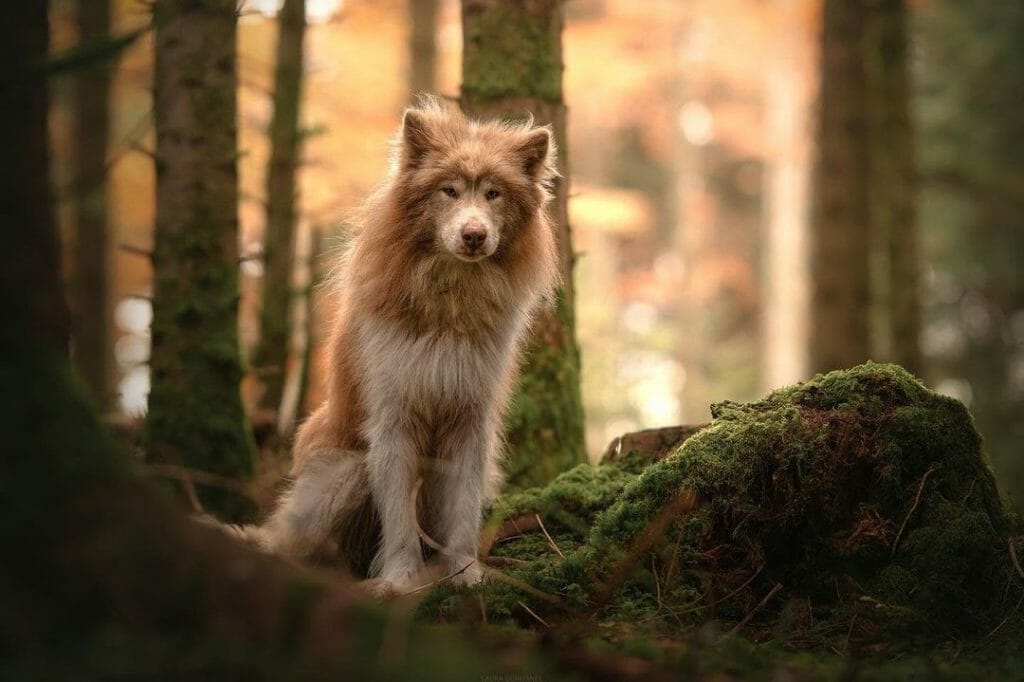

There are at least 300 Canadian Eskimo Dogs registered in the Canadian Kennel Club as of 2018, making them one of the rarest in the world. The breed’s features are not far from the wolf’s as they share loads of similarities in appearance.
The eyes, snout, ears, and coat of the dog can really make one think he’s a truly wild animal but look closely at his tail and proportions. The Canadian Eskimo Dog is smaller than the average wolf.
14. Greenland Dog
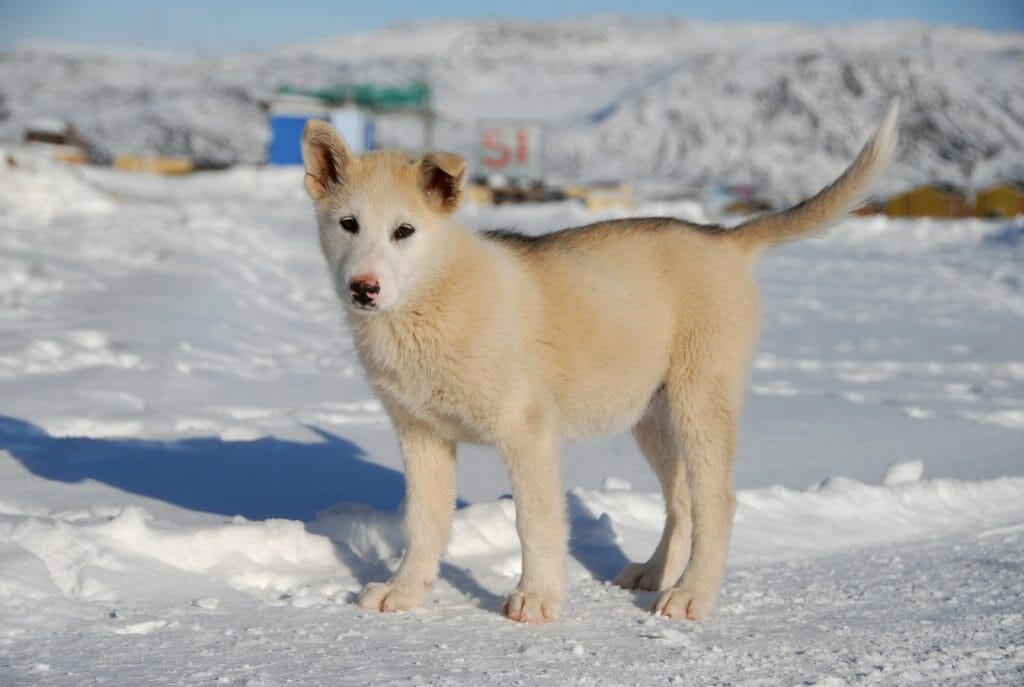

Have a beautiful sight to behold by having around you an appealing Greenland dog. His name states his origin where he used to work during the cold seasons. Unfortunately, the breed needs more boost to thrive since they are now considered rare.
The Huskies and other faster dogs made for the cold have replaced the Greenland breed, but if you’re not looking to make him do some work but rather as a pet, it’s fine to get one for yourself.
He would need a firm hand for his upbringing due to his stubborn and independent nature.
15. Shikoku
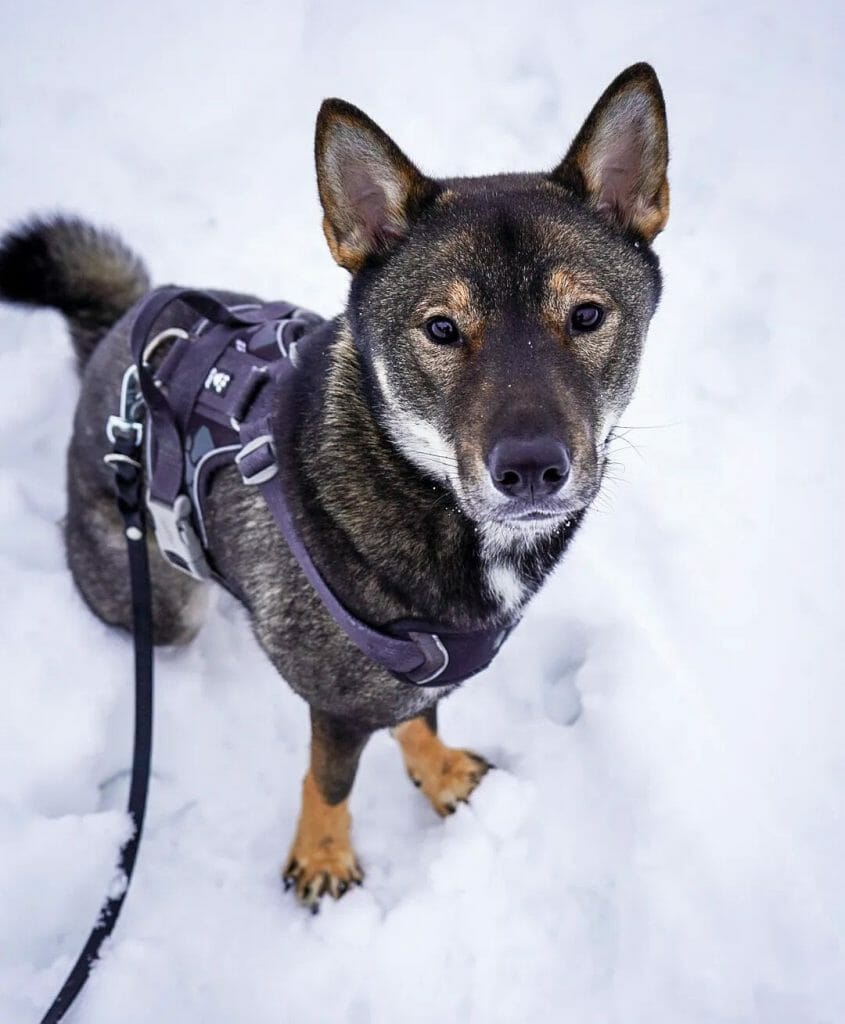

The Shikoku or also known as the Japanese wolfdog really does have the head of a wolf. In the past, he was thoroughly utilized by the Japanese to hunt boars and take part in other wild games. Residing in the cold climate made the breed develop a thick fluffy coat.
If placed beside a real wolf, the obvious differences would be his much rounder face, smaller upright ears, curly tail, and more delicate facial features. Wolves lean more on the serious, rough, and cunning appearance.
